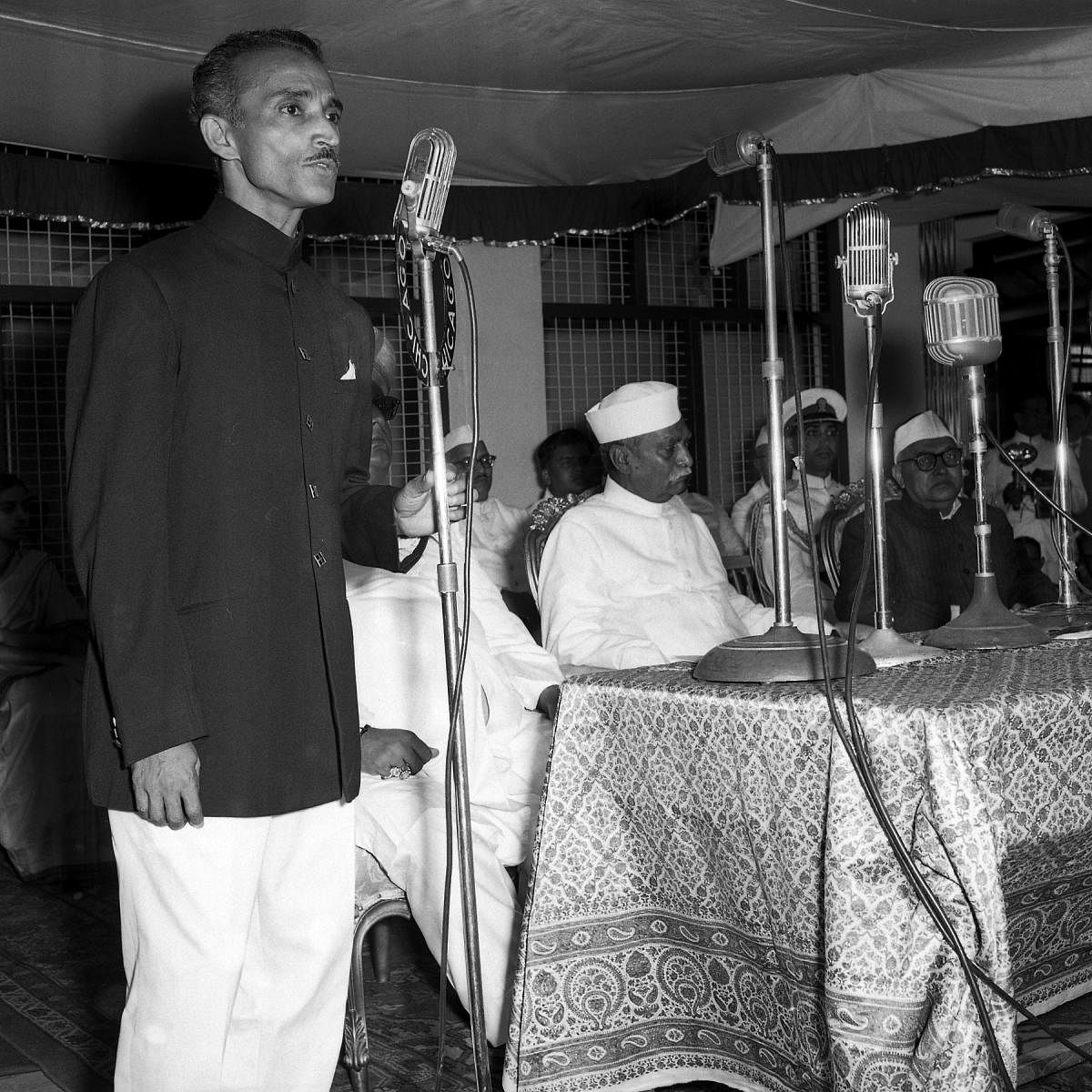

The one musical genre that has grown exponentially in Karnataka since the formation of the state in 1956 is sugama sangeeta. In fact, the genre is to Karnataka what independent music — jazz, pop, rock and non-film genres — is to the West.
Not many outside Karnataka know how popular sugama sangeeta is, and how brilliantly it takes the contemporary poetry tradition to listeners who might never have read a poem in print. S P Balasubrahmanyam, the legend who sang hit film numbers in languages across India, often spoke admiringly of Karnataka’s accomplishment in the genre.
The Bengalis are proud of Rabindra Sangeet, and lovers of Urdu poetry turn up with anticipation to their ghazal soirees. Non-film and non-classical genres exist in other Indian languages, but mostly with niche appeal. Kannada’s sugama sangeeta culture, however, has flourished widely, and with an astonishing vitality.
Cassette era
The advent of sugama sangeeta in the 1970s’ cassette era was inspired by the phenomenal success of K S Nissar Ahmed’s Nityotsava, with music and singing by Mysore Ananthaswamy. Many later albums, such as Bhavasangama and Mysura Mallige, took the movement forward.
Today, although album recordings have lost their ’80s momentum, live sugama sangeeta shows are thriving. The music label Lahari runs a YouTube channel dedicated to sugama sangeeta, and it has a staggering 10 lakh subscribers.
Sugama sangeeta (earlier referred to as bhavageete) emerged as a stylistically vibrant form that initially began with classical overtones, and then branched out with influences as varied as thumri, folk music and big band jazz.
Easy-to-remember tunes
Thematically, the genre covers a lot of ground: Kuvempu’s love of nature, Bendre’s mysticism, Shivarudrappa’s humanism, K S Na’s conjugal love, G P Rajaratnam’s drunkard wisdom, Gopalakrishna Adiga’s philosophical music and B R Lakshmana Rao’s youthful banter make their way to Kannada homes in easy-to-remember tunes.
The dulcet-voiced P Kalinga Rao was pioneering in the way he sang sugama sangeeta in the LP era. He was followed by composers such as Mysore Ananthaswamy, whose style showed ghazal-inspired filigree, and C Aswath, who drew huge crowds with his robust, boatman-style voice throw.
Shimoga Subbanna, Ratnamala Prakash, H R Leelavathi, B K Sumitra, Raju Ananthaswamy and his sisters Sunita and Anita, and now a host of younger singers such as Supriya Acharya, Vinay Nadig and Sunita Murali present sugama sangeeta regularly on stage.
In recent years, sugama sangeeta has emerged as the preferred form of music at Kannadiga weddings and literary conferences. The form stands mid-way between classical music (with its strict rules of grammar) and film music (with its unpredictable colours), and keeps away from the brash excesses of film songs. Love poetry reigns, but sugama sangeeta is not just that. Even the poetry of the 19th century mystic Shishunala Sharif has become part of the standard concert repertoire.
Since the noughties, a gaggle of FM stations has come to Karnataka cities, playing commercial music round the clock. In Bengaluru, one channel plays pop in English, while the others play movie songs in Hindi and Kannada. Sadly, they offer no airplay for independent musicians, or musicians of genres other than film.
The FM channels are also creating a generation of listeners with no exposure to anything but film songs. Sugama sangeeta calls for better representation and airtime not just because it taps into the best of Kannada poetry but also because it is a genre practised by a huge number of musicians in Karnataka.
All India Radio continues to encourage classical and sugama sangeeta artistes, but some of its norms are so unrealistic that they bar it from acquiring recorded independent music for broadcast. A question they ask: are all singers featured on the recording auditioned and graded by AIR?
Fusion bands
Thanks to princely Mysuru, Karnataka boasts a 200-year-old Western music and collaboration tradition, but its fusion bands are a recent phenomenon. They have pockets of support, and are slowly looking at poetry that was once the preserve of sugama sangeeta
artistes.
Raghu Dixit’s success in what is called ‘urban folk’ has encouraged many others to sport colourful costumes and package their songs for young urban audiences. Some bands, such as M D Pallavi’s, are attempting to contemporise a wide variety of poetry from the Kannada literary tradition. If only our radio channels knew how to mine this treasure called sugama sangeeta!
(The author is City Editor, Deccan Herald, and a music buff)